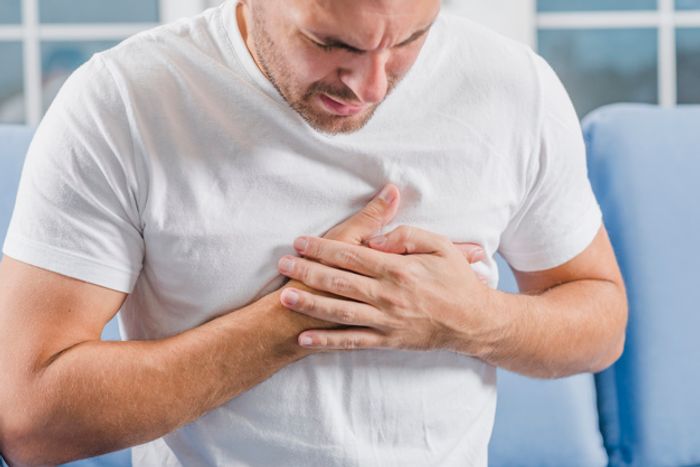

VALVULAR HEART DISEASE

The human heart, roughly the size of a large fist weighing around 280-340 grams is the organ that pumps blood throughout the body supplying oxygen and nutrients to the tissues and removing carbon dioxide and other wastes. The heart is at the central part of the circulatory system and even a small dysfunction or abnormality may cause drastic effects or changes in the humans.
Heart anatomy
The heart is a muscle that is divided into several chambers that take in and distribute oxygen rich or oxygen poor blood. These chambers are connected with arteries and veins that facilitate the same function. The human heart has four chambers: two upper chambers called the atria and two lower ones known as the ventricles. Two chambers called atria are located in the upper portion of the heart and receive oxygen-free blood. The valves that separate these chambers are called atrioventricular valves which are composed of the tricuspid valve on the left and the mitral valve on the right. Ventricles are chambers found on the lower portion of the heart; they pump oxygen-enriched blood into all organs of the body. Similar to the atria, the ventricular chambers are also separated by valves. Collectively termed as semilunar valves, these are comprised of the pulmonary and aortic valve. When one of more of the valves in your heart does not function properly, you are diagnosed with a valvular heart disease.
Symptoms
In some people, valve disease symptoms can occur suddenly, depending upon how quickly the disease develops. If it advances slowly, then your heart may adjust and you may not notice the onset of any symptoms. The severity of the symptoms does not necessarily correlate to the severity of the valve disease. Many of the symptoms are similar to those associated with congestive heart failure, such as shortness of breath and wheezing after limited physical exertion and swelling of the feet, ankles, hands or abdomen (edema). Other symptoms include:
- Palpitations, chest pain (may be mild).
- Fatigue.
- Dizziness or fainting (with aortic stenosis).
- Fever (with bacterial endocarditis).
- Rapid weight gain.
What causes valvular heart diseases?
There are many different types of valve disease; some types can be present at birth (congenital), while others may develop later in life.
- Heart valve tissue may degenerate with age.
- Rheumatic fever may cause valvular heart disease.
- Bacterial endocarditis, an infection of the inner lining of the heart muscle and heart valves (endocardium), is a cause of valvular heart disease.
- High blood pressure and atherosclerosis may damage the aortic valve.
- A heart attack may damage the muscles that control the heart valves.
- Other disorders such as carcinoid tumors, rheumatoid arthritis, systemic lupus erythematosus, or syphilis may damage one or more heart valves.
- Methysergide, a medication used to treat migraine headaches, and some diet drugs may promote valvular heart disease.
- Radiation therapy (used to treat cancer) may be associated with valvular heart disease.
When to see a doctor? Follow a heart-healthy lifestyle to reduce the risk of high blood pressures. IF you feel shortness of breath or any discomfort contact the doctor immediately. KIMS provides the best of care for people with heart issues. The faculty at KIMs include some of the most famous names in the cardiology department. Give us a call, book an appointment.














